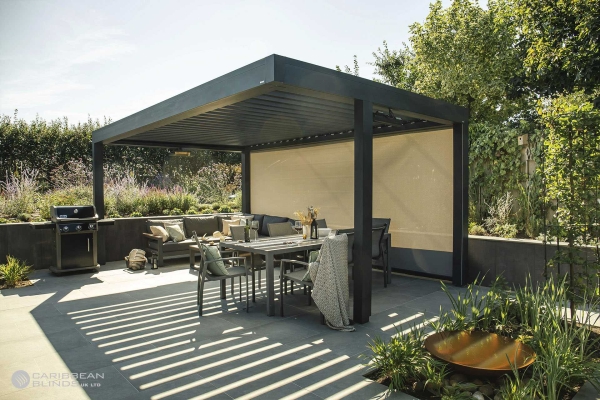
Following on from our article on Friday – Openness Factor, we thought we would post this relevant follow up article on managing natural light to avoid glare.
Glare occurs when there is a higher luminance level in the field of vision than the surroundings. This can then affect the ability to successfully and comfortably carry out general tasks, including computer work and book reading.
Outside light levels fluctuate every hour of every day. One day light levels could be just 4,000 lux, the next 24,000 lux. The geographic location, time of year and atmospheric conditions such as cloud cover in the sky will play a big part in the light level that enters a building along with the orientation of the facade and combination of glazing and shading system employed.
The Chartered Institute of Building Services Engineers (CIBSE) code for lighting states that 'for general office tasks (such as computer work, writing, drawing) a recommended lux level is 500 lux'.
Excessive light therefore must be controlled to bring it to acceptable levels for the tasks that are being carried out. There is also the need and desire to maintain a view and connection to the outside, an important factor in occupant well-being, hence the reason why buildings have windows in the first place.
The premium, high performance, micro-perforated materials featured on our external roller blinds and tensioned roof blinds, diffuse harsh light, spreading and evenly distributing incoming light to avoid the chances of glare. To what degree will depend on the light transmission value of the fabric along with the openness factor.
Managing the varying daily light levels and controlling glare is a complex task, so why not speak to one of our shading specialists today on 0844 800 1947 for further information and genuine expert advice on the on right shading solution for your application to ensure good visual comfort for occupants.




